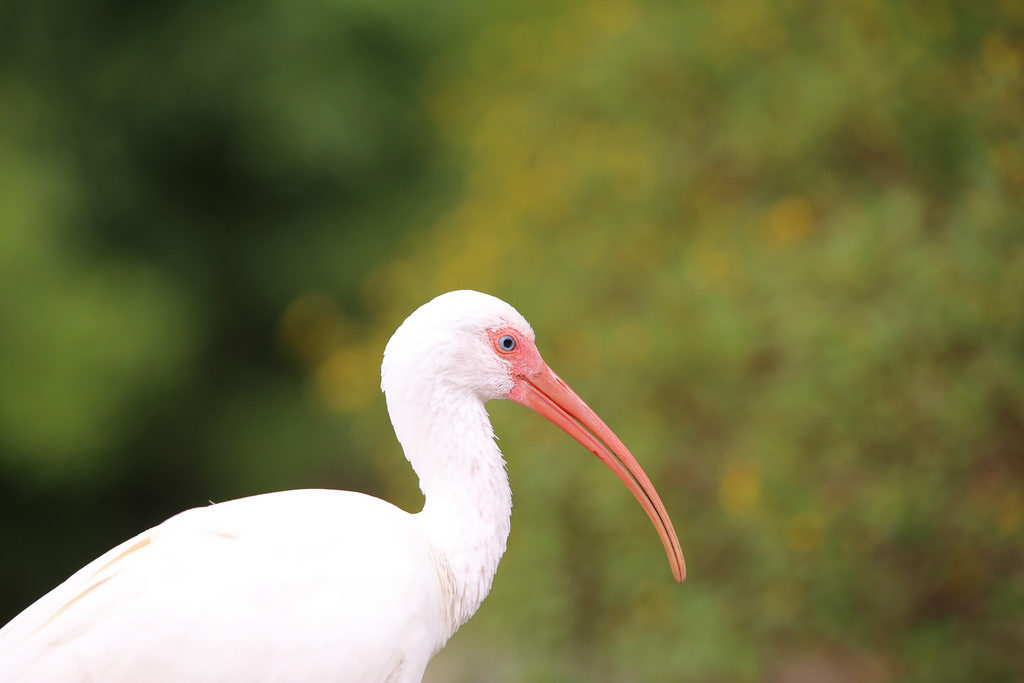Veterinarian Charlie Bahnson gives students the skinny on bird viruses

The North Dakota State department of biological sciences hosted its first seminar of the spring semester Jan. 11. Charlie Bahnson, a North Dakota Game and Fish Department wildlife veterinarian, spoke about his experience with experimental infections and serology with white ibis, a type of semi-aquatic bird, in Florida.
Bahnson, who just recently received his
Bahnson explained that there have been three transmissions of viruses over the past one hundred years and seasonal influenza is a descendent of viruses originated in birds from long ago.
His project for his Ph.D. took place in Georgia where he explored the influenza A virus in birds. The main focus was on the white ibis in particular. Though there are many flu viruses, the influenza A virus is found in birds and some mammals. It is linked to natural reservoirs, which causes the spread of the virus from wild bird species to other animals. Though sometimes the virus will die, it can remain within those species and end up spreading over large areas. Some of the main carriers are ducks. Mallards are what Bahnson called “the poster children of these viruses.”
Around August and September, when ducks are preparing to migrate south, there is typically a large outbreak of viruses. According to Bahnson, “30 to 40 percent of those birds will be shedding the viruses around that time.” As the ducks migrate south, the viruses will clear, meaning that the infectious rates drop drastically.
Ducks are typically studied when scientists look at the influenza A virus. So, as new questions are being asked about
The white ibis is found in southeast America where they usually nest in dense areas of mixed species. Because of habitat degradation in the Everglades, a lot have become urbanized, making cities the birds’ new home. They surround themselves with other bird species that are found in these areas. And now that they are used to large cities, they like living around humans as well, according to Bahnson.
Bahnson showed the area that one white ibis has traveled over a course of the year in Palm City, Florida. The bird traveled all over the city, going to various settings like a zoo/wildlife rehab center, a golf course and ranches, showing how much contact this single bird had with others and how it can spread viruses.
The study that Bahnson discussed included ibis chicks that were raised over seven months and split up into three groups with different viruses. The first group had a waterfowl virus, typically found in ducks; the next had a host range virus found in a range of species and the last group had a virus typically found in pelicans.
In each
Though these particular white ibises were used in the experiment on the influenza virus, Bahnson explained how they are not usually carriers of the influenza A virus. White ibises that were experimented on random dates did not carry the virus. However, when tested for antibodies to influenza, about 60 percent were positive, meaning they had been exposed to other viruses.
Bahnson expressed that understanding viruses in the natural reservoirs
